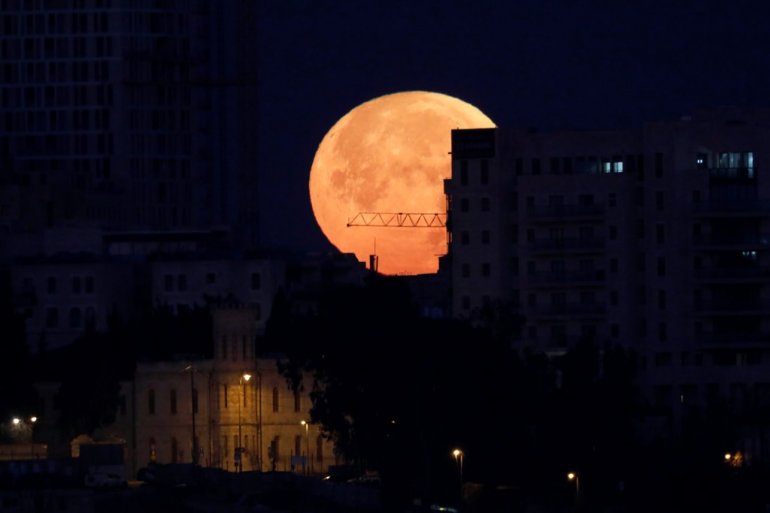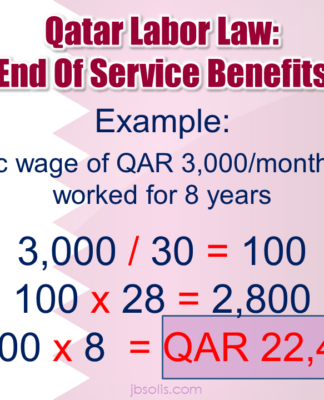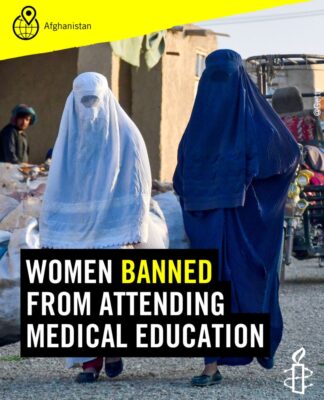31 Jan 2018 – 12:05

The Peninsula Online
Doha: Qatar and some of the neighbouring countries will witness the first lunar eclipse of the year today, January 31.
According to astronomical calculations by Qatar Calendar House (QCH), this total lunar eclipse will be a rare one as there are three astronomical phenomena that will take place. It is the last Super Moon in this year, it is the first blue Moon in 2018, and finally it is also a total lunar eclipse, astronomer expert at QCH Dr Beshir Marzouk said.
The lunar eclipses will be visible throughout most of Asia (including Qatar), Northeast Africa, Northeast Europe, Australia, Southern America, Indian Ocean and Atlantic Ocean.
The Moon will be rise over eastern horizon of Qatar sky in partial eclipse situation on the evening of Wednesday, Qatar residents will have a good chance of observing partial lunar eclipse for 53 minutes from time rise of Moon until ending of partial eclipse phase; where Moon will be rise over Qatar sky at 5:18 pm Doha local time.
Moreover one does not need astronomical telescopes to observe partial phase of lunar eclipse, as it can be seen through naked eye and digital cameras can be used to get pictures for lunar eclipse, Dr. Beshir Marzouk added.
The duration of all phases of lunar eclipse will be five hours and seventeen minutes, while the duration of partial phase of lunar eclipse will be three hours and twenty-three minutes, and the duration of total phase of lunar eclipse will be one hour and twenty-seven minutes; where the peak of total lunar eclipse will be at 4:31pm Doha local time.
On the other side, on this night all world residents will be seeing the last Super Moon during 2018; where the Super Moon occurs when full Moon passes near Perigee point (nearest point) in its orbit around the Earth.
As known, the lunar and solar eclipses are validated astronomical calculations; where the lunar eclipse occurring around the middle of the Hijric months, while solar eclipses occurring before the beginning of the Hijric months.


























